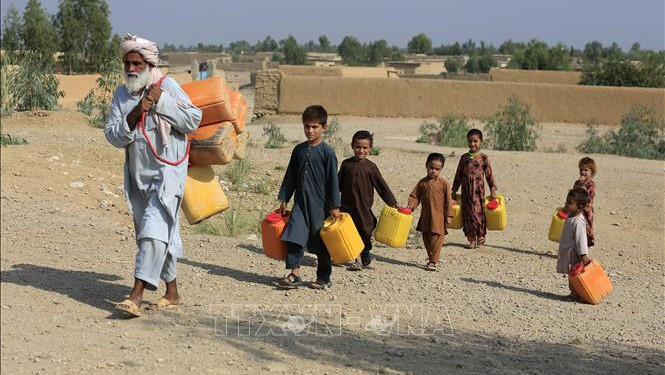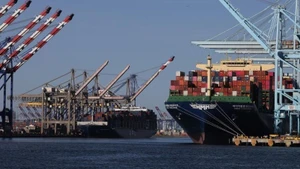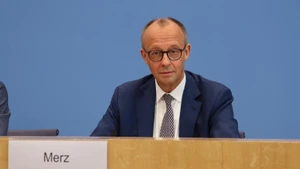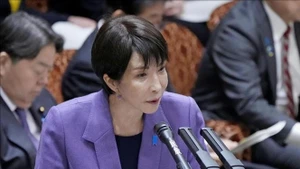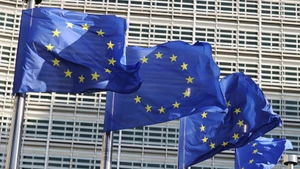The WRI report found that half of the world's population endure “extremely high water stress” at least one month of the year. High stress means that at least 60% of available water resources have been used, leading to competition among users.
In South Asia, more than 74% of the population lives in severe water shortages, while 83% of the population in the Middle East and North Africa is currently exposed to extremely high water stress. WRI affirmed that the world is facing an unprecedented water crisis, exacerbated by climate change.
According to a WRI study, demand for water has more than doubled since 1960. The researchers also point out that climate change is one of the main causes of water scarcity.
The demand for water is constantly increasing due to growing population and the demands of industries such as agriculture.
The natural cycle of water is changing, causing severe droughts and resulting in water shortages.
The United Nations University Institute for Water, Environment and Health indicates that two-thirds of the world’s population will continue to live water-insecure well beyond 2030 if drastic measures are not taken now.
Water shortage occurs in both developed and underdeveloped countries, highlighting the fact that no country, rich or poor, can be spared from the effects of climate change.
In recent years, a series of European countries have struggled with drought, such as Britain, France, and Italy.
According to the Italian National Institute of Statistics (ISTAT), Italy's water resources hit rock bottom in 2022, with severe drought affecting about 20% of the country, and the trend is accelerating. In Spain, due to a prolonged drought, tourist attractions must take measures to save water. In 2022, rainfall in Spain was exceptionally low.
Access to clean water is one of the 17 Sustainable Development Goals (SDGs) set forth by the United Nations, along with hunger eradication, poverty reduction, and gender equality.
However, according to the United Nations Educational, Scientific and Cultural Organisation (UNESCO), almost one in three schools globally has no drinking water from an improved source, and that greatly affects their health.
 |
| People walk as underwater rocks emerge from the water of Lake Garda after northern Italy experienced the worst drought in 70 years in Sirmione, Italy, August 16, 2022. (Photo: Reuters) |
Similar to the climate crisis, finance is a major problem in tackling the scarcity of clean water.
According to WaterAid, an additional USD 200 billion investment in water-related projects could generate affordable, safe water to millions of vulnerable people around the world.
At international water conferences, countries vulnerable to climate change have stressed the damage and loss to people's livelihoods due to sea level rise, groundwater salinisation, drought, and abnormal rainfall, and have called for support from the international community.
The droughts and wildfires in Europe are clear evidence of climate change’s effects on water access in countries in temperate climates.
In the context of a serious global water crisis, countries need to take strong actions to ensure water security, such as investing in infrastructure, changing irrigation patterns, and saving clean water, and more importantly, making greater efforts to reduce greenhouse gas emissions in order to solve global warming — the root cause of the problem.
